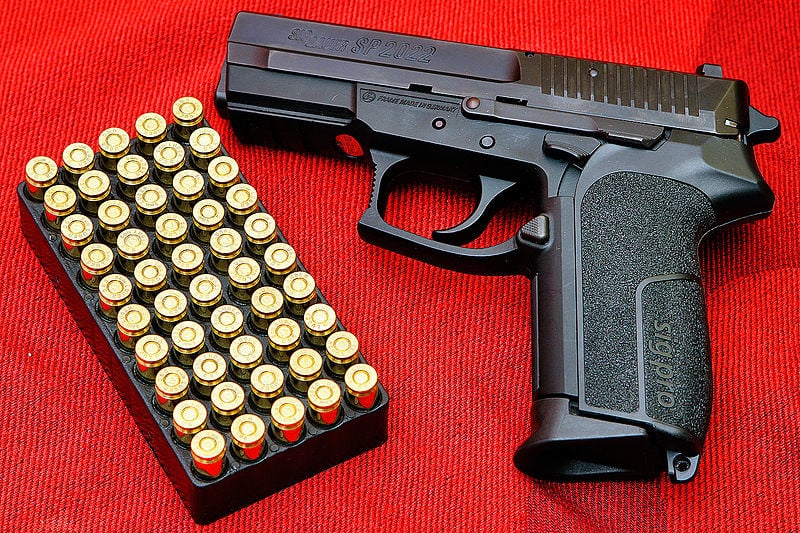California “Microstamping” Law Kicks in, May Affect New Handguns
OutdoorHub Reporters 05.20.13

A law signed by former California Governor Arnold Schwarzenegger in 2007 will finally be seeing the light of day, much to the dismay of the state’s gun owners. According to the Associated Press, the controversial law will require that all new semiautomatic handguns be manufactured or equipped with “microstamping” technology, which imprints a weapon’s specifics and serial number onto cartridges as they are fired. Stamped cartridges would allow police to easily trace evidence left behind at crime scenes. The law is the first of its kind to go into effect and is praised by its supporters as a major step forward in identifying illegal gun use.
“This very important technology will help us as law enforcement in identifying and locating people who improperly and illegally use and discharge firearms,” said Attorney General Kamala Harris, who announced the resolution of lingering patent issues that had kept the law from taking effect.
Back in the 90s, engineer Todd Lizotte played a pivotal role in developing the technology, but later abandoned its patent claims. With language in the law preventing it from being enabled while private patents on the technology were in place, gun rights advocates successfully delayed its enactment by extending the lapsing patent. Calguns Foundation, a California gun owners’ organization, had previously paid a $555 fee to do so. Pro-Second Amendment groups believe that the microstamping requirement will turn away gun makers from California as a buyer’s market.
“The firearms industry in California, in respect to sales, would be limited,” Brandon Combs, Calguns Foundation’s executive director, told OutdoorHub. “Manufacturers simply can’t comply with the laws, therefore Californians will have fewer guns to buy.”
If gun makers find the new strictures too cost-prohibitive, California may see no new semiautomatic handguns in the near future, resulting in an effective ban. Along with the National Rifle Association, Calguns is planning to challenge the law in court as well as conducting their own investigation into the patent hold.
Opponents of microstamping technology also argue that feature is flawed and prone to break or be worn down. The most likely gun part to feature the microstamp, the firing pin, is easily alterable and replaceable. Critics also point to the fact that the technology is early stage, single-source and has not been tested independently.
The new law will not affect the more than 1,200 firearms currently in the state’s official roster.
“The microstamping law is part of a larger collection of laws that are related to handguns,” Combs said. We consider it an outright ban on new firearms […] there is also an annual re-certification payment that manufacturers have to make in order to maintain firearms on a list of what the state calls the ‘roster’ for handguns certified for sale. Firearms that are on the roster today are grandfathered and will not have to comply with the new law. All firearms moving forward to be placed on the roster will have to included the microstamping technology in addition to a loaded chamber indicator, magazine disconnect, and so forth.”

